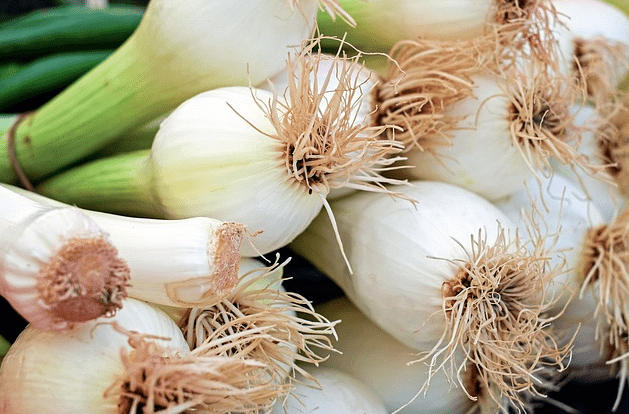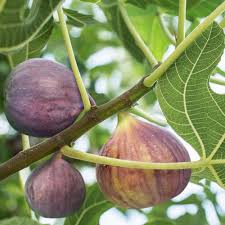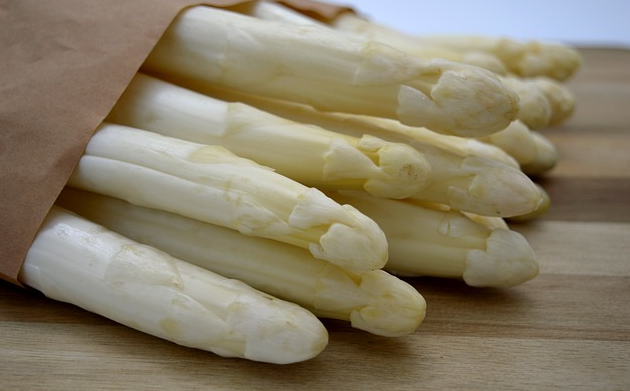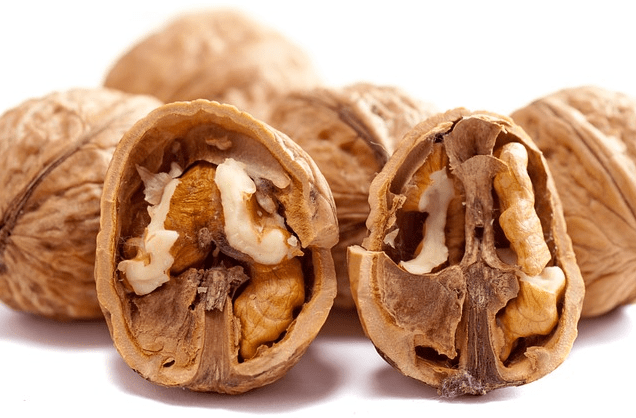Is a green onion simply a young regular onion that was harvested before it finished developing? The true and annoying answer is either "yes" or "no".
In other words, some of the green onions you find at the market are simply onion varieties that haven't yet ripened and were harvested young to be used as 'green onions'. On the other hand, there are also ancestral varieties of the onion (which is, incidentally, a plant in the Amaryllis family) that don't develop a significant bulb and are satisfied with their beloved green stalk.
Which is better? Truthfully, for the end consumer, it doesn't really matter, and even I, who some might call “obsessive about vegetables”, can't tell the difference. In any case, the fact that there are onion varieties that can be defined as bulbless is probably a nod to the evolution of this vegetable.
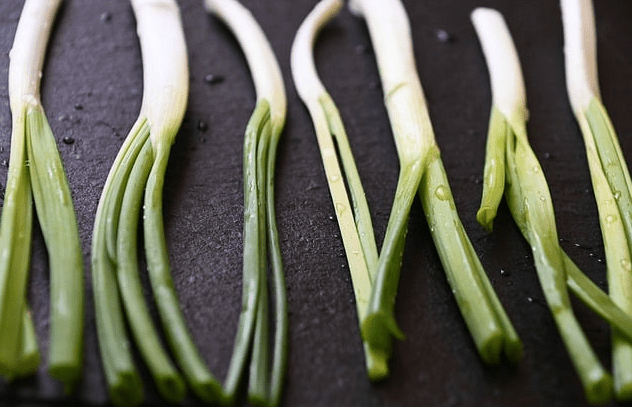
In other words, if we apply the 'chicken or the egg' question to the green onion and the regular onion (white, yellow, or purple), then it's very likely that the green onion was there first. The bulbs of wild onions are usually more modest, and it's likely that the first onion used by humans was a green onion, which was primarily an herb, while the 'dry' white onion is a later development.
I say “later”, but in historical terms, the dry onion also arrived very early. There is evidence from the 4th millennium BCE in Mesopotamia (in present-day Iraq) of widespread use and cultivation of onions. From Mesopotamia, the onion spread rapidly to Asia, Europe, and North Africa. There is evidence that the pyramid builders in ancient Egypt were paid in onions.
If this seems unfair to you and a kind of 'pyramid scheme', let me reassure you. The pyramid builders probably lived happily with it. Yes, they had different standards back then.
But in a world without electricity, in an arid region where most of the agriculture was grain, the dry onion was a real bonanza – a bomb of energy and vitamins with few alternatives, that also lasts for weeks in a dry climate, and as such was excellent as a means of payment in a barter-based economy.
So yes, it is easy to understand why the 'regular' onion took center stage. The fact that it's a nutritious bulb that can last without spoiling made it a 'superfood' throughout history.
As a reminder, refrigeration is a relatively new invention, which maintained the high status of the dry onion deep into the Age of Discovery. In fact, thanks to onions, crossing oceans became possible.
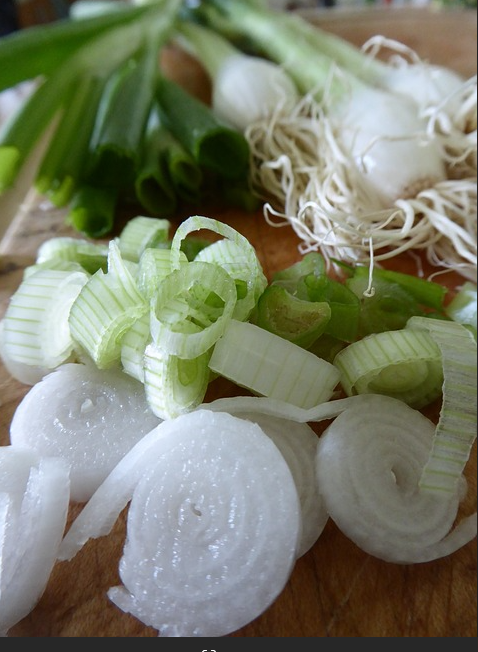
The first sailors who set out on long voyages suffered from a disease called scurvy, caused by a vitamin deficiency. The onion, which lasted even on long voyages to America and the Far East, proved to be an effective preventive treatment for the disease.
So yes, the green onion was pushed aside compared to the bulb that allowed Columbus to discover America. But when it comes to my personal kitchen, green onion is a celebration. For me, it's the perfect herb. It has the rich pungency and aroma of onion, but it also has a refreshing added value that will upgrade any salad, soup, or stir-fry.

